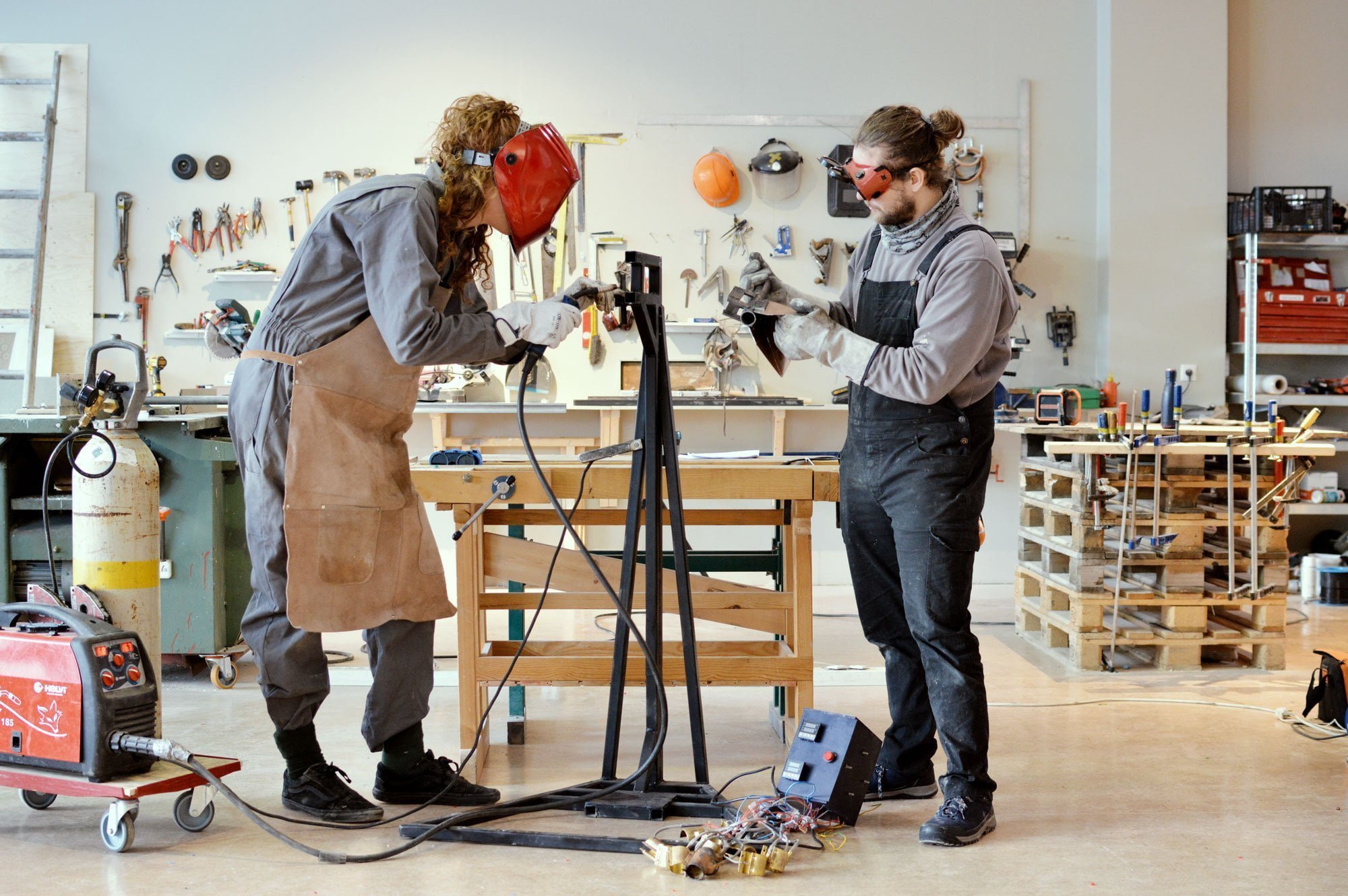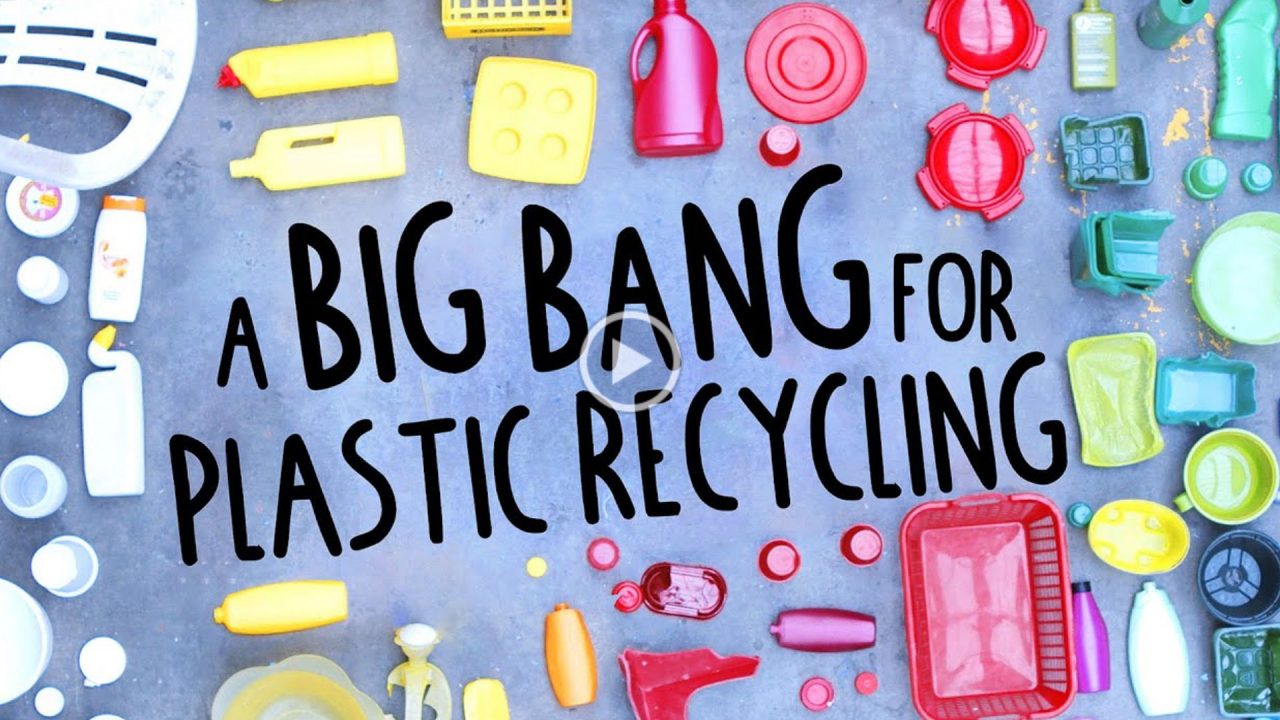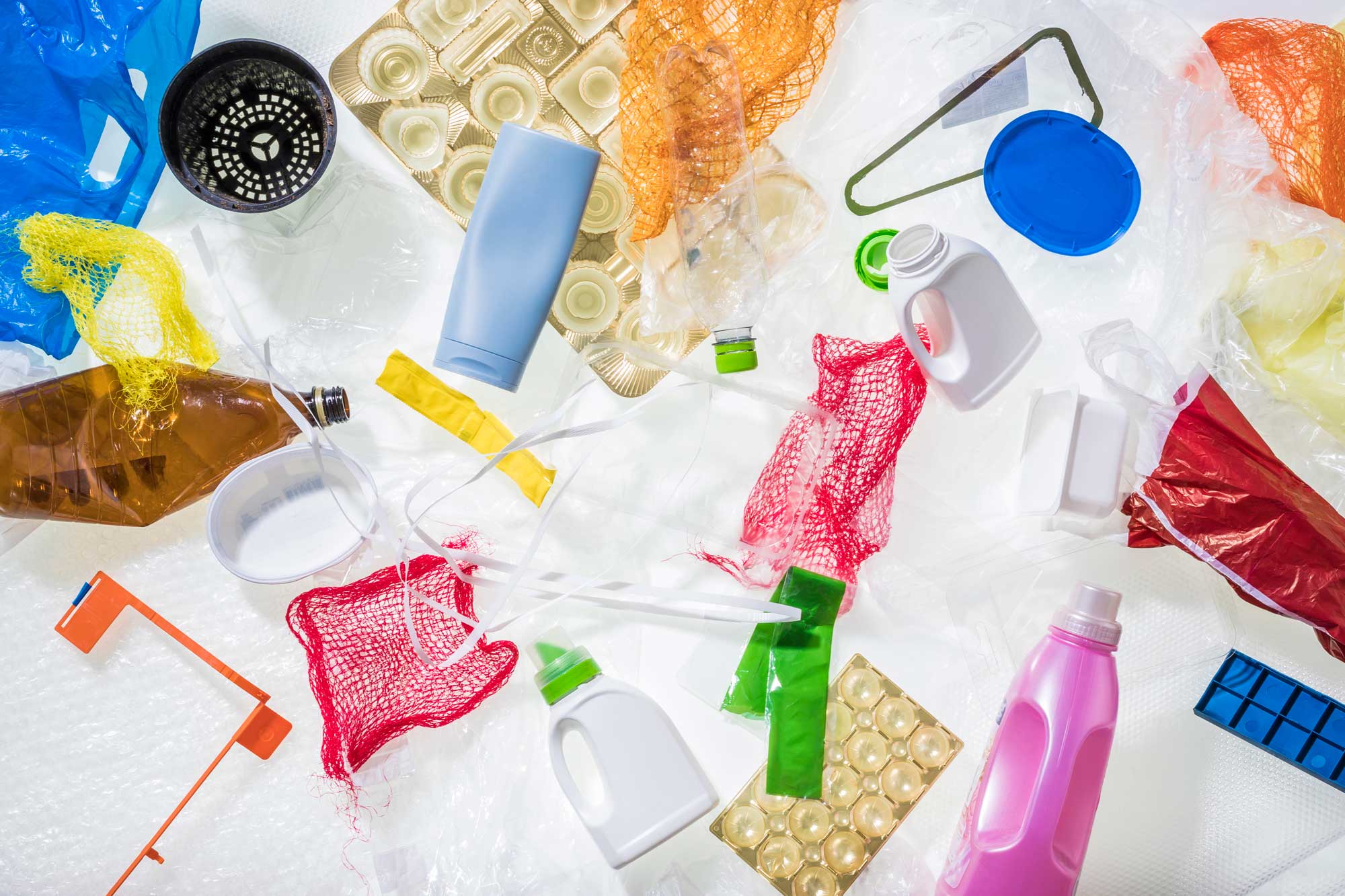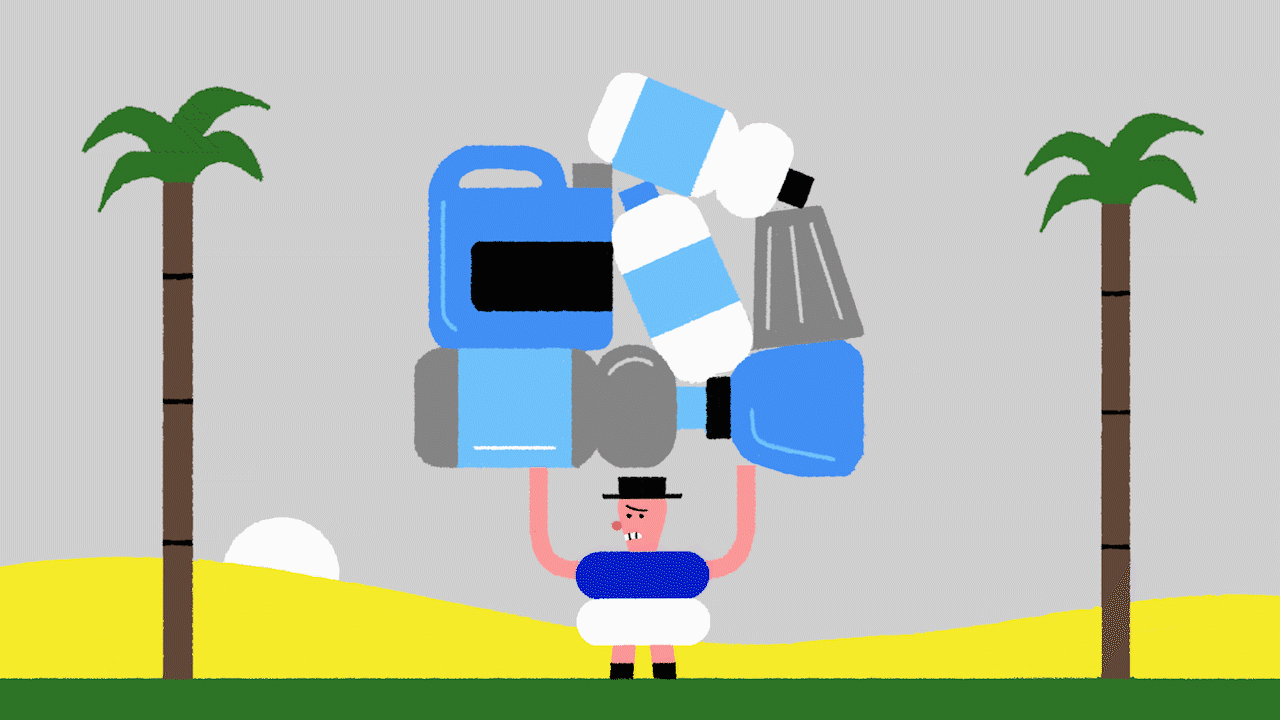What if anyone, anywhere could recycle their own plastic and give it a new purpose? Meet Precious Plastic: the global community helping people build a business and clean up the environment at the same time.
If you had to choose a symbol of what’s wrong with the modern world, plastic pollution would be a good place to start. Millions of tons of useless rubbish tossed away by a society producing more than it knows how to deal with, clogging up our oceans and rivers.
But one activist is challenging the world to see all this waste plastic not as trash, but as treasure.
Dutch designer Dave Hakkens believes plastic trash can be a tremendous resource. “But first,” he says, “we need to bridge the gap between this material that’s everywhere for free and turning it into something valuable.” For that, it has to be recycled. And that’s a big hurdle. Currently only about 10% of the plastic produced gets recycled, as it’s often cheaper to use virgin plastic instead.
“We need to bridge the gap between this material that’s everywhere for free and turning it into something valuable”
Dave Hakkens
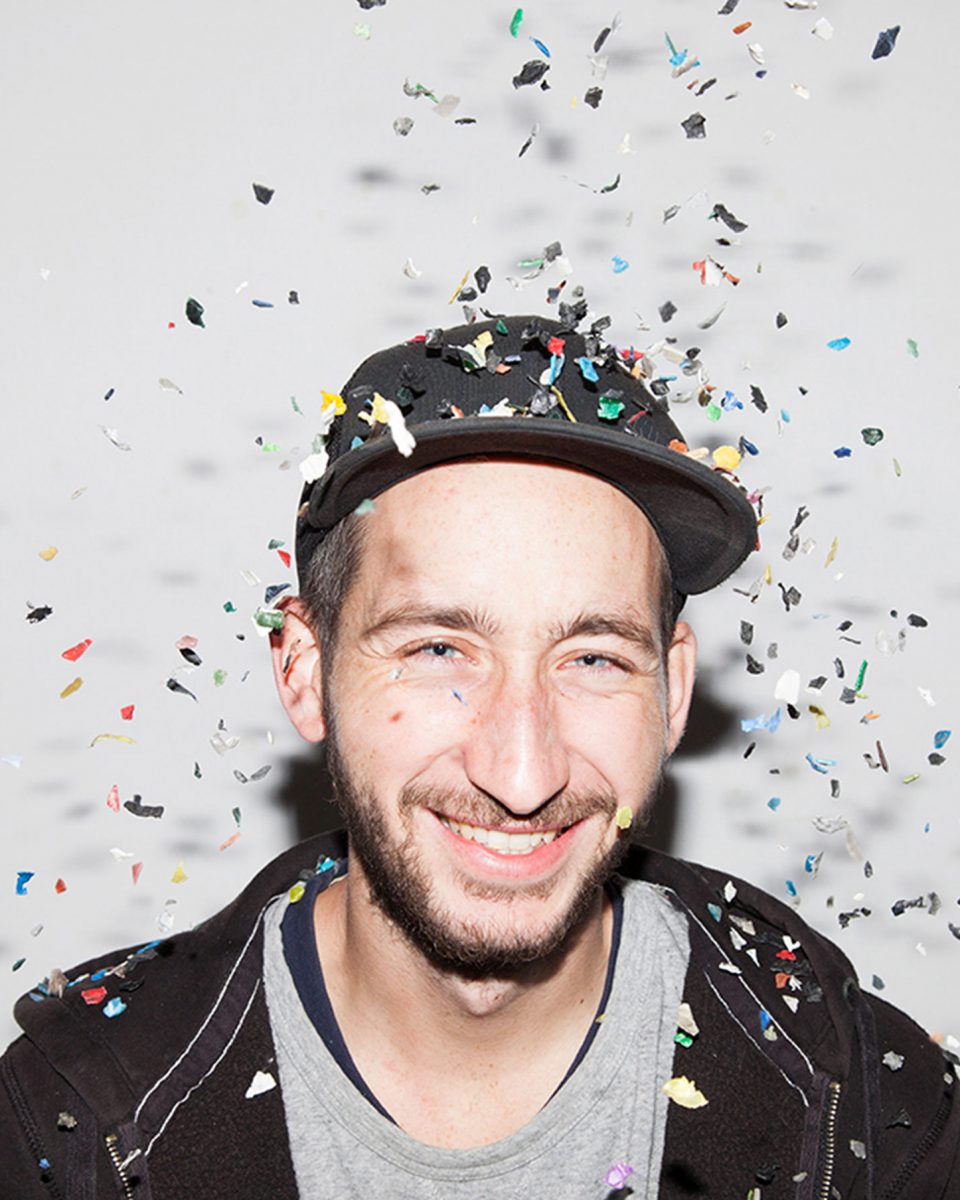
Photo: Precious Plastic
Shocked by the low percentage of plastic being recycled, the young design graduate decided he’d be better off using his skills to try and fix the problem instead of adding to it as part of an industry creating things that the world doesn’t really need. So what does the world need? For Hakkens the answer is clear: we need to learn how to recycle. If bigger corporate players are not rising to the challenge, then it’s up to the rest of us to take action.
Making plastic precious
This is what Precious Plastic is all about. It’s essentially an online toolbox to help anyone, anywhere on the planet set up their own recycling workshop. From video tutorials to machinery blueprints to complete business plans, everything has been thought through in nuts-and-bolts detail – and it’s all open-source.

What this means is that the potential impact is as big as the interest in it. And that interest is growing exponentially: some 20,000 starter kits were downloaded last year alone and since setting up the initiative in 2014, Hakkens has built a global community of 80,000 people eager to start recycling.
Yet recycling requires special machines such as shredders to tear up the trash into smaller bits for melting, and extruders to reshape molten plastic into new products. Such machines are very expensive. But they don’t have to be. Hakkens designed scaled-down modular versions that are easy to build and repair with tools that are commonly available. And so far, it’s working. A recent community survey revealed that each workshop is able to recycle an average of 835 kilos of plastic per year.
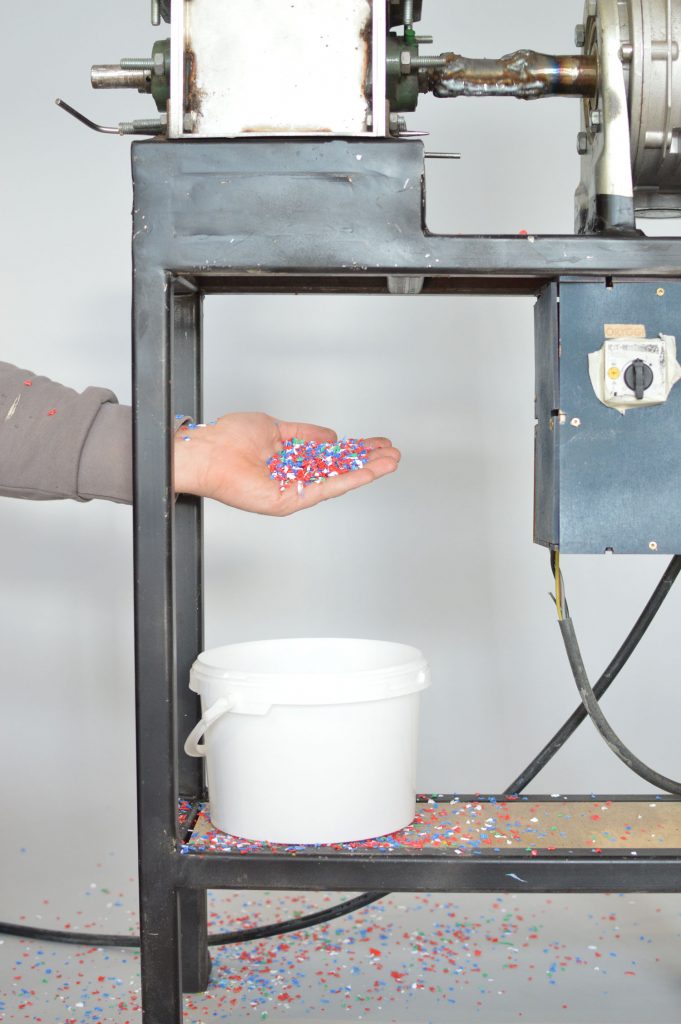
This machine shreds plastic into smaller bits that can then be melted down.

Just a few of the things that Bjorn Steiner makes from recycled plastic in his Reykjavik workshop. Photo: Plastplan
While many in the community have faithfully recreated these machines, others have used them as a starting point for their own adaptations. James Goreing, for instance, devised a bike that “combines the power of shredding with the joy of cycling” – ripping up plastic as you pedal. Attracting lots of interest wherever he goes, it’s also a great way to raise awareness. Goreing has shared his 12-step design online, but beginners beware, it has a difficulty rating of ‘hard’.
It’s just one of many inspiring examples of the high-level of collaboration and creativity within the Precious Plastic community. There’s a team in Portugal making electric skateboards from recycled PET plastic and a Barcelona initiative launching their own sunglasses brand called Fos, Catalan for ‘melted’. Last year amid shortages of protective face shields in the middle of the Covid pandemic, multiple workshops helped to fill the gap by producing their own, using recycled plastic. Members can share ideas or experiences like these via the website’s community platform, inspiring others to adopt or adapt designs as they see fit.
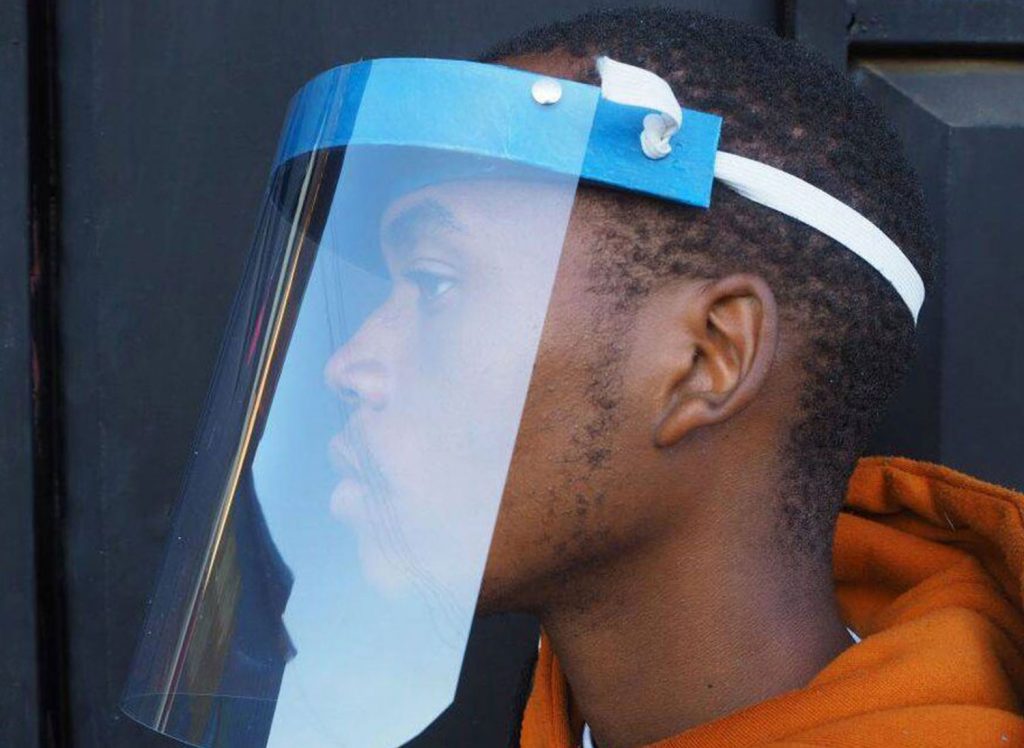
During the pandemic, the Precious Plastic community started making protective face shields to help with local shortages. Photo: Plasticpreneur

James Goreing on his self-designed plastic-shredding bike. Watch him in action here. Photo: James Goreing
From Rio to Reykjavik
An online map reveals the spread of this alternative recycling universe. From Accra to Rio and from Moscow to Micronesia, there are recycling workshops all over the world, in cities and towns big and small – including Reykjavik, Iceland.
This is where Bjorn Steiner has set up a plastic recycling workshop. It’s called Plastplan and he runs it together with childhood friend Brynjólfur Stefánsson. He began in 2019, but soon learned how important it is to have a business model. “When we started we spent all of our time working in bars and restaurants to fund our plastic recycling and of course that’s not a sustainable business model.” Now, the business supports itself without any external funding. It’s become Bjorn’s full-time job. “Our salary isn’t great, but it’s enough to earn a living. I have a one-year-old son and I’m proud that I can honestly tell him in the future that at least I tried to create some positive impact.”
“We can show people that environmentalism and capitalism can meet in the middle”
Bjorn Steiner
“I think we’re providing a very valuable example here in Iceland,” Steiner adds. “We have to work by the rules of capitalism, but we can show people that environmentalism and capitalism can meet in the middle.”
To achieve this, he works closely with local companies, collecting plastic from clients every week and returning the same plastic later in the form of a new product. He recycles as much as he can, which these days is up to 10 tons per year. It’s proven cost-beneficial, as the companies no longer need to import the products that Steiner makes for them. He only recycles plastic into products he knows the company has a use for. This can be anything from bookends for the national library to spoons for an ice-cream company. They’ve also recently built a giant 3D printer so they can use the plastic they recycle to make durable furniture such as tables, without any excess offcuts going to waste. “We aim for impact, so we don’t want to produce things that we think will end up in a landfill or burning facility.”
Plastic: what’s the problem?
- Every year, more than 380 million tonnes of plastic is produced worldwide.
- 12 million tonnes of plastic end up in our oceans annually.
- Only 10% of plastic is recycled into new plastic.
- It is often cheaper to produce new plastic products than to recycle existing plastic.
- Producing one ton of plastic generates up to 2.5 tons of CO2, a key driver of global warming.
Shipping waste to Sweden?
This is a real possibility, Steiner says, explaining that landfills have been one of the main ways of dealing with plastic in Iceland for a long time. Today there is one company that recycles plastic on the island, but much of the plastic waste collected is still shipped to Sweden, almost 2,000km away, where it is incinerated for energy. The practice of sending Iceland’s waste across the sea for processing elsewhere is largely why Steiner wanted to start recycling plastic locally in the first place.

“There are people struggling with the same issues everywhere on the planet”
Bjorn Steiner
Even on this island, known for its wild natural beauty, remote beaches have been found to have more plastic waste than seashells. Although things are getting better, with the government banning the use of plastic shopping bags at the start of this year, there is still no shortage of material for Steiner to work with. And having the tools to do something with that material makes him feel empowered. “That’s the beautiful thing about this community, there are people struggling with the same issues everywhere on the planet, and this project enables us to take production into our own hands with techniques that are accessible and affordable,” Steiner says.
Power to the people
Bjorn Steiner is just one member of this community. What happens when you have 80,000 Bjorns – individual people so excited by an idea that they want to make it work? Surely that’s real-world impact in the making? This is why Hakkens and his team now aim to harness the same kind of people power already proving successful with Precious Plastic to address other big environmental problems. And so he has just launched a new platform, Fixing Fashion, full of practical ideas to minimise your fashion footprint, and Project Kamp, an off-grid prototype of a life more in harmony with the environment.
What they all share is a focus on community knowhow and action, because for Hakkens, the way forward hinges on people forming a united front. To achieve this, he’s now brought all of these initiatives together in a single foundation: One Army.
Sure, the world is beset with countless different environmental challenges, but trying to address them all separately isn’t the answer, Hakkens believes. “You don’t need 200 different armies – with one army you can make sure it all comes together,” he says.
“You have these massive global problems… but all of these problems are interlinked.”

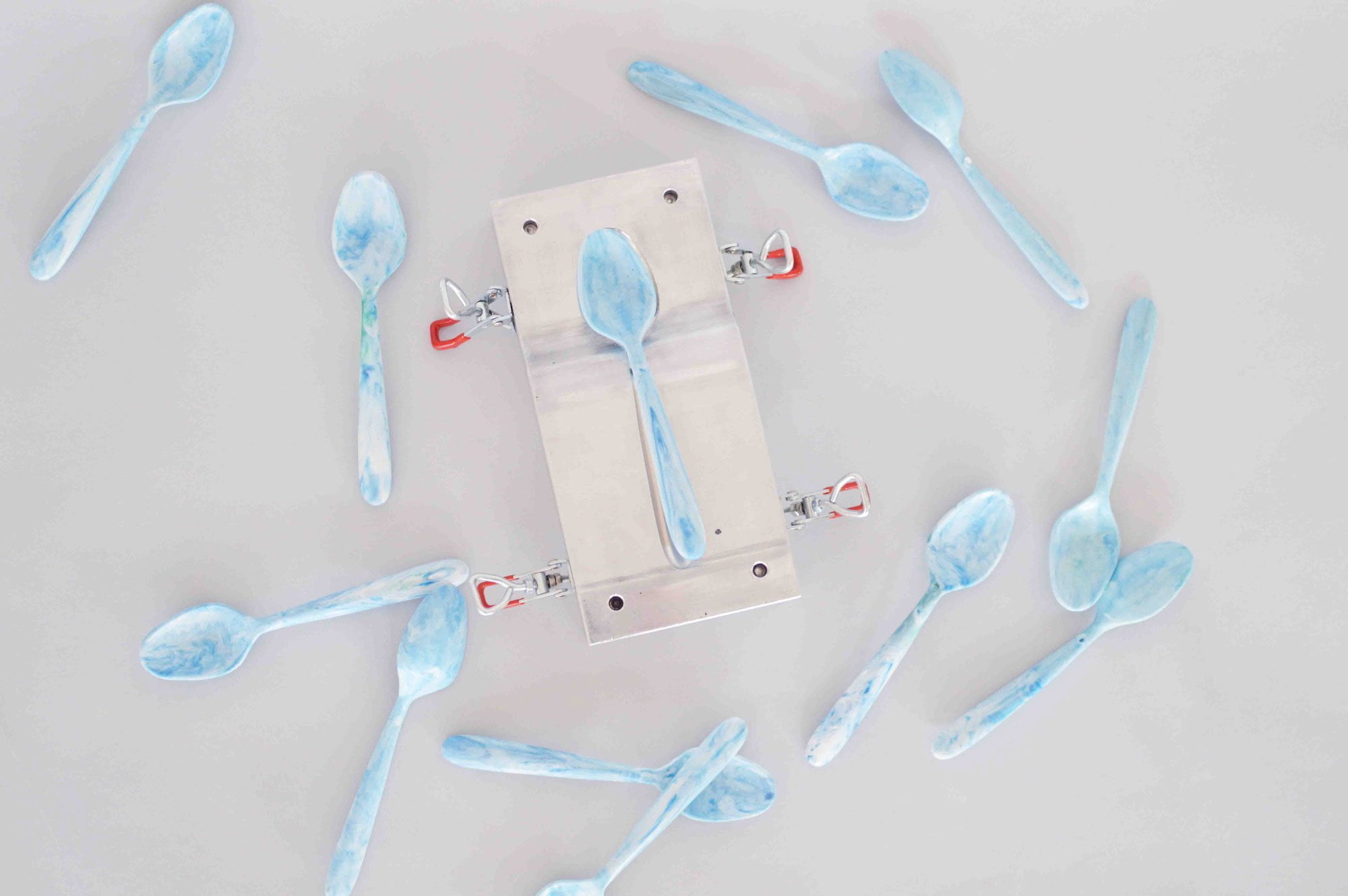





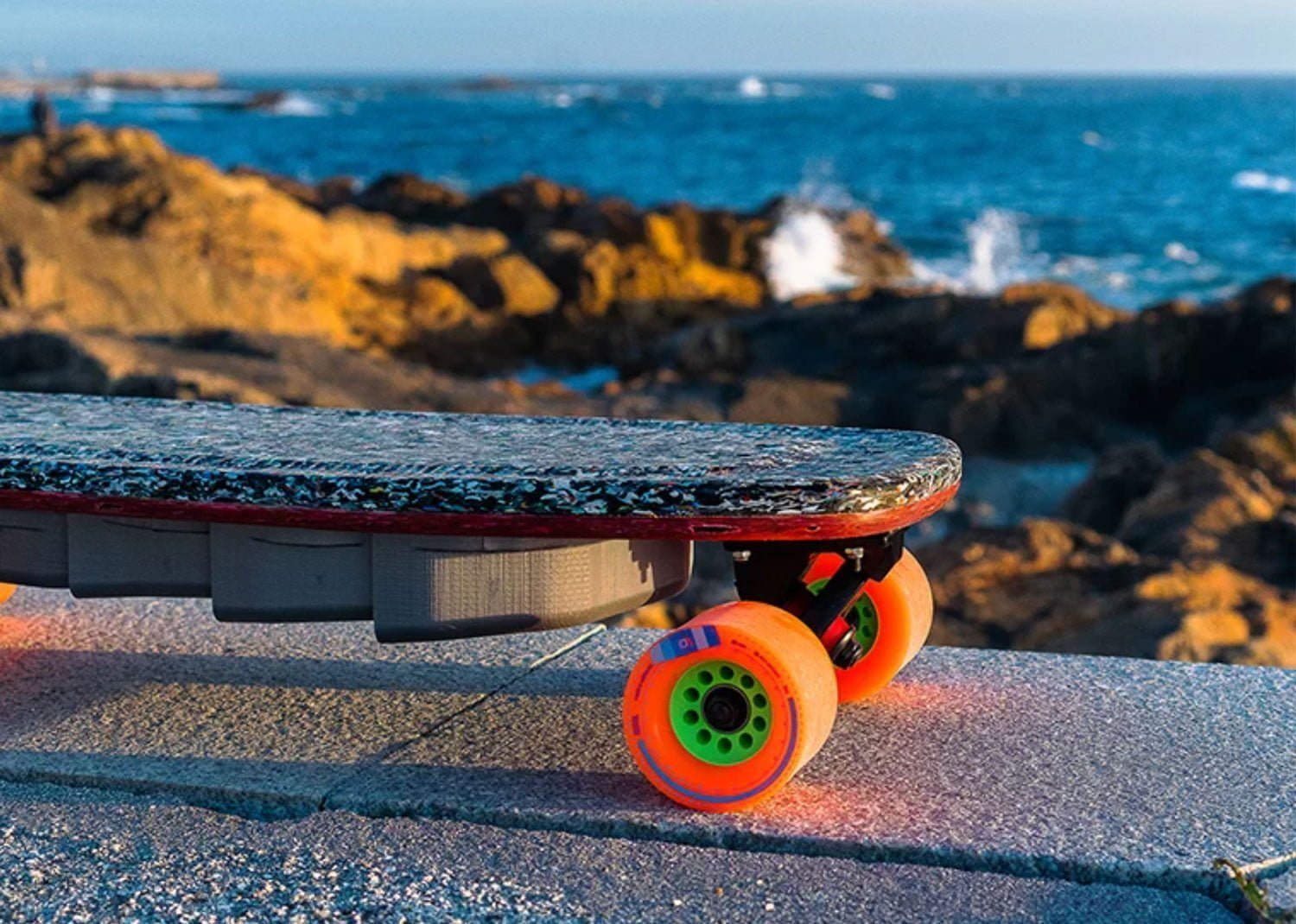








The portrait of Bjorn Steiner is by Einar Snorri.
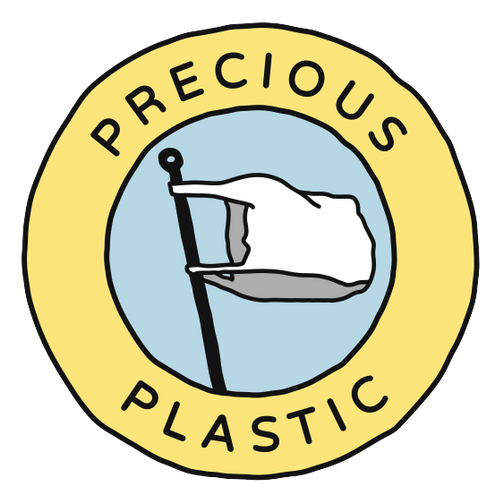
Precious Plastic and 5
Precious Plastic is part of One Army, which is one of 5’s partners. 5 is an impact media foundation which helps its partners maximise their impact by telling their stories. In some cases we also provide financial or other support. We produce our content independently and we don’t take payment for coverage. Find out more about our work with One Army and our other partners here.
Rise to the challenge
